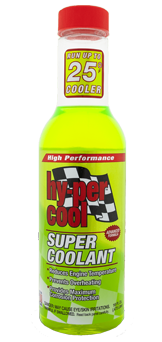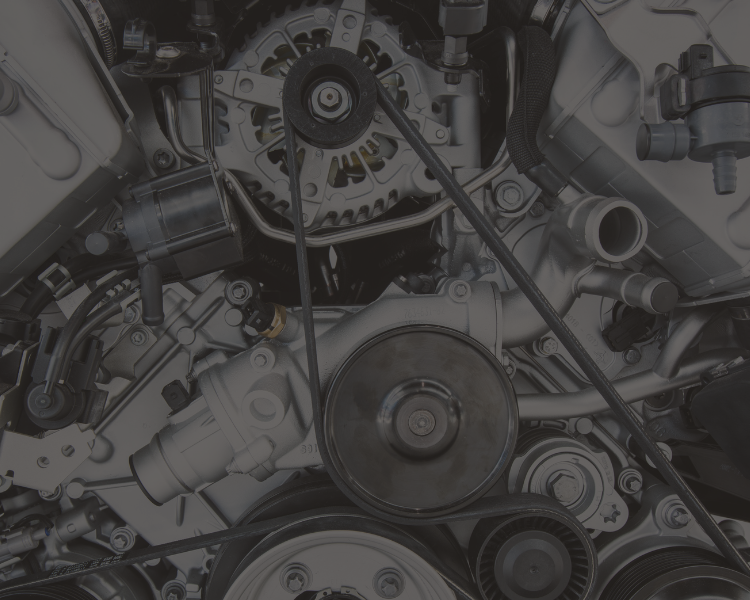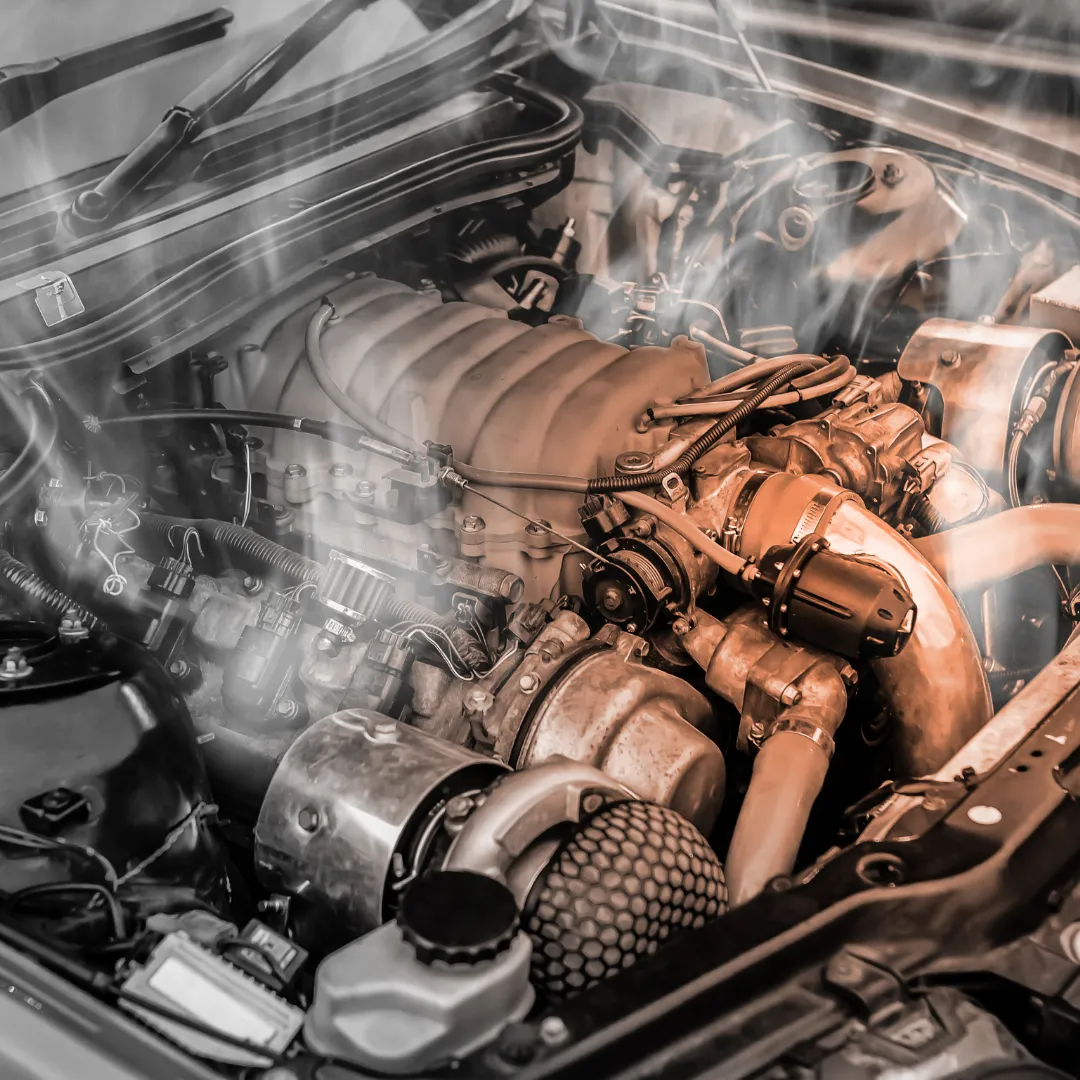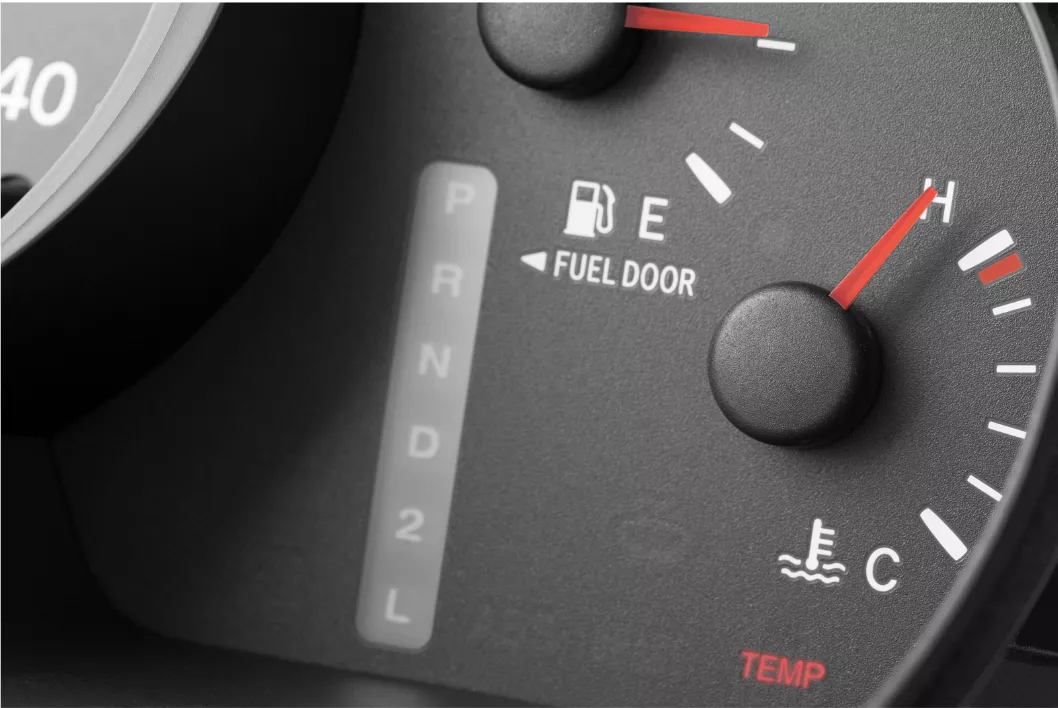Why Do I Need Coolant?
If you have a passing familiarity with your car, you know there are many fluids it needs to run correctly. Gas is one, of course, and oil. But also, your vehicle needs coolant to run correctly. If all you know about coolant is that you need to add more when your mechanic says it is low, you may be interested to learn why coolant is so essential to your car.
What Is Coolant, and What Does It Do?
You may have heard coolant referred to more commonly as antifreeze. It consists of a mixture of alcohol and distilled water that gives it the property of being able to absorb and dissipate heat. This is very important because your car’s engine, like any powerful, fast-moving machine, generates a lot of it. Your car’s engine runs at around 200 degrees Fahrenheit, in fact.
That kind of heat, when applied to the various rubber and metal components surrounding your engine, can do serious damage, which is why you need something to constantly cool that engine down. That something is your coolant. It is called antifreeze because while it is very good at getting cool, it does not freeze at sub-zero temperatures the way water does. If it did, it would freeze up and crack your car engine block or other components during a cold winter.
Your coolant works with a radiator attached to your engine. The radiator has a reservoir of coolant that flows into the engine block and circulates around the engine, absorbing the heat the engine gives off. It then circles back into the radiator where it is air-cooled so it can go back into the engine and repeat the process.
What Will Happen to My Car Without Coolant?
As you might imagine, a car without coolant is not likely to get you very far. Without something to dissipate the great heat of the engine, your car could overheat and fail. Other vital components under the hood will melt or blow, and you will have a costly repair on your hands.
Which components could be adversely affected by an overheated engine that isn’t cooled down? Just about everything else under the hood, including the head gasket, water pump, cylinder head and cylinder or piston timing. Not only will your car not function correctly without any of these things, but these items can cost hundreds of dollars to replace, so you are strongly advised to protect your coolant and make sure your coolant reservoir stays full.
What Are Signs That My Coolant Is Low?
There are several signs that your coolant is low, and you need to stop driving and refill it as soon as possible. If your dashboard is functioning properly, it should provide an early warning that you have a coolant issue. Pay attention to it. If you do not see a specific warning light indicating low coolant, a temperature gauge in or approaching the red is usually another strong clue.
If the dashboard is not cooperating, other signs to watch for are the internal heat of the car rising uncontrollably, a burning smell or the sweet smell of leaking antifreeze, a hood that is too hot to touch and, of course, the telltale sign of smoke or steam rising from the hood.
Why Is My Coolant Low?
If your coolant is too low, the most likely culprit is a leak somewhere in the system. Radiator hoses springing leaks are not uncommon, which is why you should change these when indicated as part of your car maintenance plan. If you have too much rust in your radiator, this can lead to holes which can also cause your coolant to leak.
One way to help protect yourself from coolant issues is to do a coolant flush every 30,000 miles or every few years. A coolant flush clears everything out of your radiator, including mineral deposits or rust that could interfere with your radiator’s ability to function or could damage the radiator itself, and allows you to replace it with fresh, clean coolant.
The cost of a coolant flush is only a fraction of what it would cost to replace internal components if your engine overheats, especially if you do the coolant flush yourself rather than taking it to a mechanic.
How Do Modern Engines Prevent Overheating?

Fortunately, most of today’s cars have an automatic cut-off feature. This feature automatically shuts the engine down if the engine gets too hot. You’ll have to stop driving immediately, of course, and won’t be able to go again until the car reaches a safer temperature, but this is a lot better than having your car’s insides melted.
Some modern luxury cars have what you may think is an even better response to the problem of coolant loss. These cars have an engine control unit which can flip your car into safe mode when it is in danger of overheating. In safe mode, the car changes the way the cylinders fire to get some of the cylinders to cool down while the others fire. This is a temporary solution, but it should allow you to keep control of the car long enough to get to a garage or somewhere where you can refill the coolant.
If your car is running too hot, your coolant may need a little help. However, standard coolants cannot always easily stand up to the heat generated by high-performance automobiles. If you are concerned about overheating, we recommend you add Hy-per Lube Super Coolant to your coolant tank. This product is compatible with virtually every type of antifreeze, lowers engine temperatures up to 25 degrees Fahrenheit and improves engine warm-up operating even in the coldest environments.
For more information about how coolant additive can protect your car, visit Hy-per Lube today.




